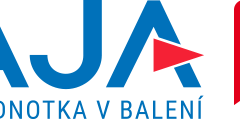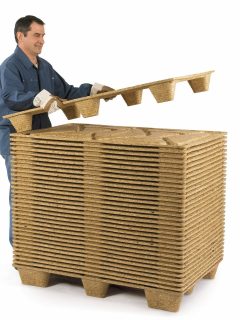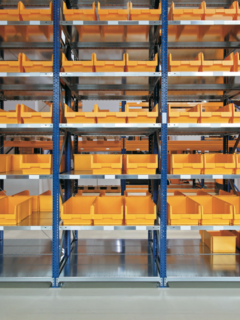Choosing the right paper for printing a specific document that saves the copier, the environment and even your finances starts with choosing the right paper weight. Paper weight is a parameter that indicates the thickness and sturdiness of the paper, not its weight as it may seem at first glance. In Europe and most of the world, except the United States, Canada and Mexico, a standardised model is used to indicate paper weight, which is regulated by ISO 563 on paper, board and determination of basis weight.
This international standard defines paper weight as grams per square metre (g/m2), which is abbreviated as gsm. According to ISO 563, the weight of one sheet of A0 size paper defines the weight of that paper, just as ISO 216 defines that A0 size paper covers an area of one square metre. Thus, one sheet of A0 paper of 80 gsm weighs 80 grams, 100 gsm paper weighs 100 grams, and so on.
The flat weight, or paper weight, used in the USA is calculated as the weight of a stack of 500 sheets of uncut paper, measured in pounds. Uncut paper is the term used to describe the size of paper in the manufacturing process before it is cut to a specific size according to ISO 216. In international labelling, the higher the paper weight, the less translucent and the more flexural and tensile strength the paper has. However, this rule does not apply in the American system, where a higher grammage number may not indicate a thicker and stronger paper.
And why is it important to know the paper weight? The reason for poor quality printing in many cases is the use of unsuitable paper of the wrong weight. Using the wrong paper weight can also cause damage to the mechanics of the printer. The weight, brightness, transparency and texture of the paper used have a significant impact on the print quality and life of the printers. For every occasion there is a suitable type of paper to serve a specific purpose – for black and white printing of everyday notes, printing invoices and presentations, printing catalogues or invitations to a special event.
When choosing the most suitable type of paper for a particular weight, we recommend that you consider the following criteria:
- Are you planning colour or black and white printing?
- Do you plan to print single-sided or double-sided?
- Do you plan to print in high volume or piece print?
- Do you plan to print simple images and charts or photos?
- Do you plan to use the printed materials for internal or representational purposes?
Overview of paper weights and their most common printing applications
| Gsm (ISO 536) | Weight in lb (USA, Canada) | Use |
|---|---|---|
| 30-50 gsm | 20-35 lb | Newsprint, tracing paper |
| 60-70 gsm | 40-50 lb | Self-signature forms |
| 70-90 gsm | 50-60 lb | Standard office paper, basic documents for everyday printing, CVs, contracts, working paper for notes, letterhead, invoices, orders, delivery notes |
| 90-120 gsm | 60-80 lb | Presentations and reports, double-sided printing |
| 120-170 gsm | 80-90 lb | Standard leaflets, posters and catalogues for one-off purposes |
| 170-250 gsm | 90-110 lb | Presentation brochures and materials, postcards, greeting cards, food and beverage menus, catalogues for VIP partners and clients |
| 250-300 gsm | 110-120 lb | Envelopes, vouchers |
| 300-400 gsm | 120-160 lb | Business cards, invitations, vouchers, name tags, postcards and holiday announcements, exclusive and luxury brochures |
The most commonly used office paper is 80 g/m2. This type of paper is uncoated and is suitable for black and white single-sided printing of a small number of pieces of paper. Colour printing on 80 gsm paper gives a rich colour reproduction only when specially coated.
For presentations containing colour charts, tables and pictures, 90 gsm paper is most suitable. Printing on lower gsm paper could result in two similar colours looking almost identical and confusing in the charts. Colour manuals or reports with a larger number of pages, which will save costs through double-sided printing, should also be printed on 90 g/m2 paper.
Materials used for presentation purposes that contain colour graphics are recommended to be printed on premium 90 to 120 g/m2 paper that is specifically designed for colour printing. This type of paper has a high whiteness and, thanks to the higher grammage, the printed data does not bleed through to the other side of the sheet.
Paper with a weight of 120-170 gsm is the most suitable choice for printing standard leaflets, leaflets or posters. They are also an economical choice when printing large quantities of catalogues. Presentation materials for companies, institutions or corporations are recommended to be printed on paper with even higher weights from 170 gsm to 250 gsm. This category of presentation materials includes menus and drink menus, presentation catalogues and brochures, postcards, greeting cards and other materials whose primary purpose is to present and sell.














